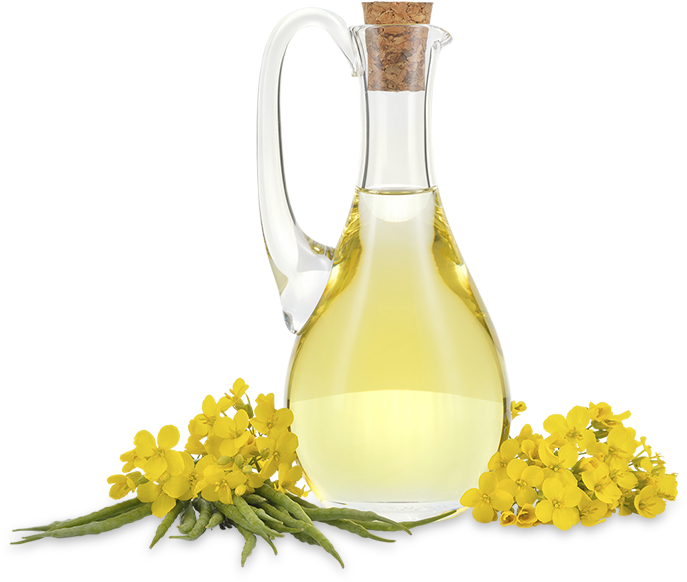Canola Oil
Canola is Canada’s oil. The name ‘Canola’ was registered as a trademark in Canada in 1978. The name comes from Can as in Canada and ola as in oil! Canola is a plant that is a member of a large family of plants called crucifers.</p> <p>According to the Mayo Clinic, the Harvard School of Public Health and, yes, the Canola Council of Canada, canola oil is high in good fats, low in bad fats, cholesterol free, and a source of Vitamin E.

Canola Oil (Canada’s oil)

Canola has become one of Canada’s most valuable agricultural exports and an important source of income for 43,000 Canadian farmers. Today more than 207,000 Canadian jobs are linked to canola – and the crop’s potential continues to grow. Renewable biofuels are the latest opportunity to expand uses for Canadian canola.
Every year, approximately 20 million acres of Canadian farmland turn brilliant yellow as canola comes into bloom. The crop is primarily grown in the western provinces of Alberta, Saskatchewan and Manitoba. Some canola is also grown in British Columbia, Ontario and Quebec.
GET IN TOUCH
For additional information and inquiries, please contact us.

